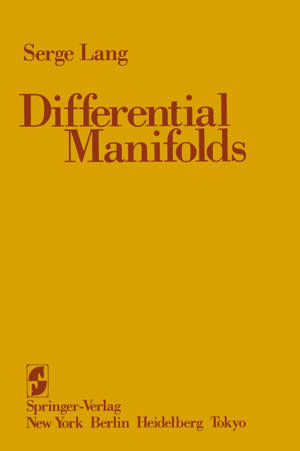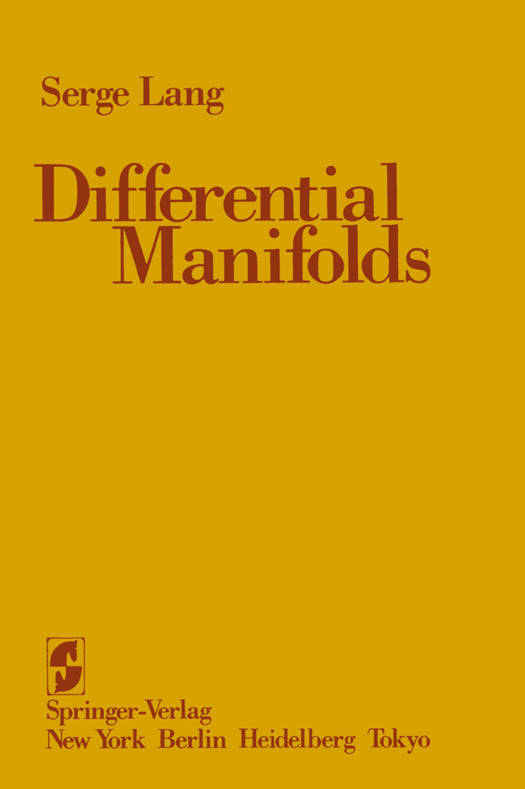
Door een staking bij bpost kan je online bestelling op dit moment iets langer onderweg zijn dan voorzien. Dringend iets nodig? Onze winkels ontvangen jou met open armen!
- Afhalen na 1 uur in een winkel met voorraad
- Gratis thuislevering in België vanaf € 30
- Ruim aanbod met 7 miljoen producten
Door een staking bij bpost kan je online bestelling op dit moment iets langer onderweg zijn dan voorzien. Dringend iets nodig? Onze winkels ontvangen jou met open armen!
- Afhalen na 1 uur in een winkel met voorraad
- Gratis thuislevering in België vanaf € 30
- Ruim aanbod met 7 miljoen producten
Zoeken
Omschrijving
The present volume supersedes my Introduction to Differentiable Manifolds written a few years back. I have expanded the book considerably, including things like the Lie derivative, and especially the basic integration theory of differential forms, with Stokes' theorem and its various special formulations in different contexts. The foreword which I wrote in the earlier book is still quite valid and needs only slight extension here. Between advanced calculus and the three great differential theories (differential topology, differential geometry, ordinary differential equations), there lies a no-man's-land for which there exists no systematic exposition in the literature. It is the purpose of this book to fill the gap. The three differential theories are by no means independent of each other, but proceed according to their own flavor. In differential topology, one studies for instance homotopy classes of maps and the possibility of finding suitable differentiable maps in them (immersions, embeddings, isomorphisms, etc.). One may also use differentiable structures on topological manifolds to determine the topological structure of the manifold (e.g. it la Smale [26]).
Specificaties
Betrokkenen
- Auteur(s):
- Uitgeverij:
Inhoud
- Aantal bladzijden:
- 230
- Taal:
- Engels
Eigenschappen
- Productcode (EAN):
- 9780387961132
- Verschijningsdatum:
- 3/10/1988
- Uitvoering:
- Paperback
- Formaat:
- Trade paperback (VS)
- Afmetingen:
- 156 mm x 234 mm
- Gewicht:
- 344 g

Alleen bij Standaard Boekhandel
Beoordelingen
We publiceren alleen reviews die voldoen aan de voorwaarden voor reviews. Bekijk onze voorwaarden voor reviews.











